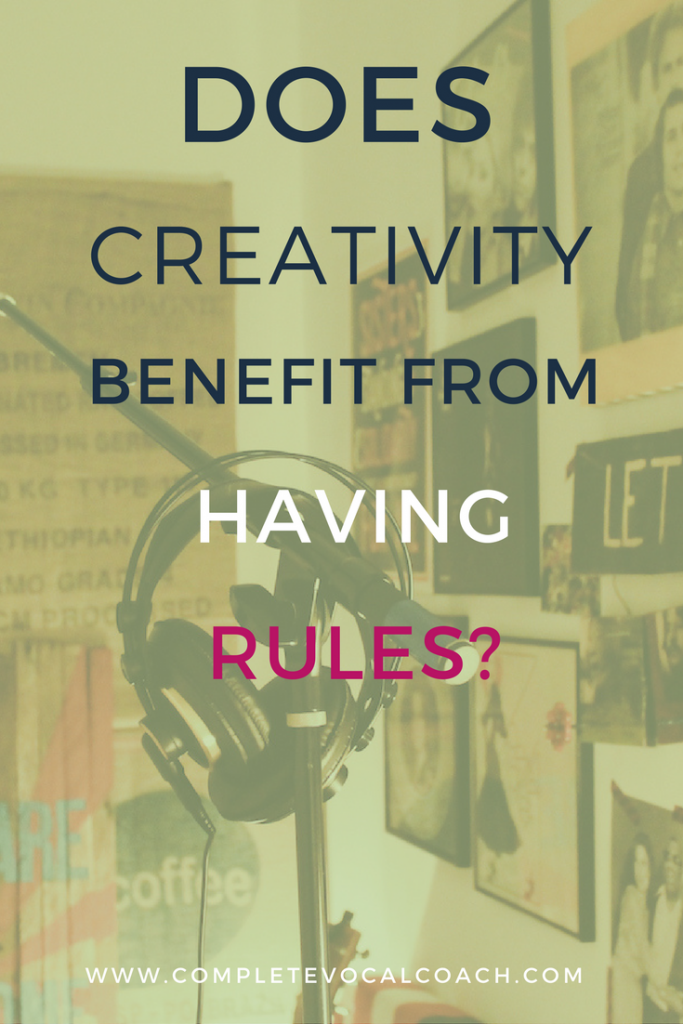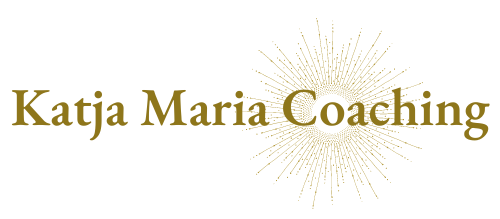
An album I’ve been listening to a lot this past year is Peter Gabriel’s ‘Scratch My Back’. The album consists of cover songs, in Gabriel’s words it’s “the dreaded cover album” that some artists set out to make. The album’s title comes from the idea: “if you do one of my songs, I’ll do one of yours”. I find ‘Scratch My Back’ an inspiring album, with stunning orchestral arrangements and surprising interpretations of songs including ‘The Book of Love’ (Magnetic Fields), ‘Heroes’ (David Bowie), ‘Philadelphia’ (Neil Young), ‘Boy In The Bubble’ (Paul Simon), and ‘Flume’ (Bon Iver). ‘Scratch My Back’ could certainly inspire many interesting discussions about covering songs! But this time I want to focus on something else: artistic freedom versus rules.
Recently I watched the video clip ‘The Making of Scratch My Back’, in which Gabriel says something that caught my attention:
I’ve always benefited from having clear rules, because I think, giving an artist total freedom is castrating them. When you say to an artist they can’t do something, that’s firing them up because we’re sort of mischievous creatures by nature, and we’ll find an alternative route to achieve something, but we need an obstruction in a way.
Does creativity benefit from having rules?
Does setting limitations create more artistic freedom and lead to more surprising creative solutions and original artistic choices than setting no limitations at all?
I used to think ‘rules’ were ‘blocking the flow of ideas’, and all that sort of stuff. But the more I learn about the creative process by doing, reflecting, adjusting and doing again, the more I start to think that some sort of ‘rules’ are actually quite a blessing. Think of it as a framework, or perhaps like focusing the lens of a camera, narrowing down the possibilities in order to be able to really zoom in on a specific thing. Ifanything is possible, the options are too many and we either don’t know where to start or we get scattered in our attention. While, if we limit the options (or, like Gabriel puts it, tell ourselves/the artist we can’t do something), we create a need to find an alternative route, focus our attention and get creative within the limitedoptions we have.
Try for example to arrange a piece of music without knowing what kind of voicing or instrumentation you will arrange it for. Impossible.
When it comes to ‘Scratch My Back’, Gabriel explains that the starting point was “no drums, no guitars”. Finally, the ‘rule’ or ‘limitation’ that was set was to arrange all songs using orchestral instruments.
Frameworks and ‘rules’ in teaching
Frameworks and ‘rules’ are also necessary when it comes to teaching, for example when assigning exercises for your students or groups that you work with. In my experience, if you for example give someone the assignment to practice improvising or to alter the melody or rhythm of a song, without setting a framework or assigning ‘rules’, the assignment often fails – in other words, the student blocks and doesn’t know what to do or where to start. There are simply too many choices, too many possible directions.
Now, give the assignment a clear framework and assign some rules, and the situation changes. Rules like “never sing on the 1″ or “alter the melody by always using neighbor notes / passing notes / singing an arpeggiated melodic line” are obstructions that will make the singer look for an alternative route. It also creates a clear focus for the learning task at hand, and the assignment becomes concrete.
Teaching artistry
How artistry can be taught or developed, is a question that interests me greatly. This question also relates to the question of artistic freedom versus rules. So where does total freedom and limitations, respectively, stand in the context of teaching or developing artistry? If limitations might be beneficial for creativity, does this also apply for artistic development?
Let’s look at this within the framework of singing instruction and learning to make artistic choices about sound. I believe a singing teacher should assist the singer in reaching his or her artistic goals, and not superimpose their own artistic taste or sound preferences on the singer/student. So in one way, I find myself promoting artistic freedom. Yet knowing how difficult it can be to make choices if anything is possible, I do sometimes find myself needing to approach that freedom within certain limitations – or at least by presenting options and possibilities in a careful way.
Since my intention is not to tell you how artistry is to be taught, but to give you an open look inside my busy brain, allow me to present you with some questions. Perhaps you can provide me with some more thoughts on this subject!
Here we go:
- How do singing teachers guide singers in making artistic choices about sound and developing their artistry?
- How/to what degree, if at all, does the artistic development of a singer benefit from limitations when it comes to possibilities in sound?
Let’s wrap up all these questions (for now) in a final question:
- Are statements like “you choose what you want to sound like / you can sound any way you like” beneficial for the development of artistry, or is it more difficult to develop artistry if anything is possible?
What do you think? I’d love to hear your thoughts, so feel free to comment here.
